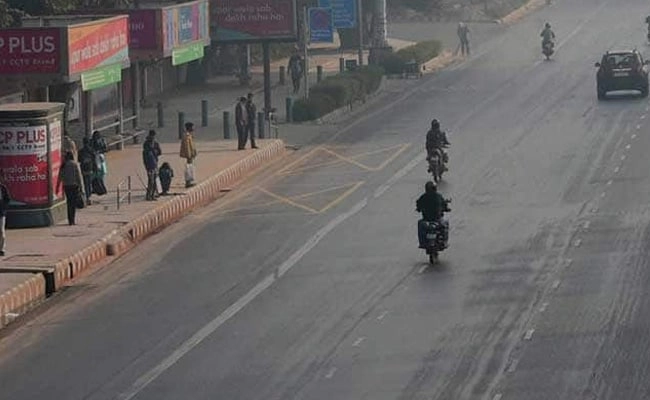The longstanding tensions between Thailand and Cambodia can be traced back to a complex mix of historical, cultural, and territorial disputes. At the heart of their conflict lies the issue of the Preah Vihear Temple, a UNESCO World Heritage site, which has been the focal point of a bitter dispute for decades. The temple, perched on a cliff in the Dângrêk Mountains, has been claimed by both nations, leading to a series of skirmishes and military standoffs. The International Court of Justice ruled in 1962 that the temple belonged to Cambodia, yet the surrounding area remains contested, exacerbating nationalistic sentiments on both sides. This historical context creates a backdrop of mistrust, with each nation often viewing the other through a lens of suspicion and rivalry.
Cultural factors also play a significant role in the clash between Thailand and Cambodia. Both countries share a rich history, intertwined through religion and migration, yet they have developed distinct national identities that sometimes lead to friction. The Khmer Empire, which once dominated Southeast Asia, is a point of pride for Cambodia, while Thailand often emphasizes its own historical narratives that sometimes downplay Khmer influence. This cultural rivalry can manifest in various ways, from disputes over historical figures to controversies surrounding language and art. Media portrayals in both countries can further inflame nationalistic fervor, making it difficult for diplomatic efforts to gain traction.
In recent years, political dynamics within both nations have influenced the trajectory of their relationship. Domestic issues often prompt leaders to rally nationalist sentiments, using the conflict as a unifying force to divert attention from internal challenges. Economic factors, such as trade and tourism, also play a significant role in shaping bilateral relations. While there are opportunities for cooperation, particularly in areas like infrastructure development and regional security, they are often overshadowed by historical grievances and political maneuvering. The complex interplay of these factors makes the Thailand-Cambodia relationship a multifaceted issue, requiring careful navigation to foster peace and collaboration.
Ultimately, the clash between Thailand and Cambodia is emblematic of how historical legacies and national identities can shape contemporary geopolitics. As both nations grapple with their past while looking toward the future, the path to reconciliation is fraught with challenges. However, understanding the underlying causes of their disputes can pave the way for dialogue and mutual respect, essential components in resolving conflicts. As regional dynamics continue to evolve, fostering a spirit of cooperation over rivalry will be crucial in ensuring stability and prosperity for both Thailand and Cambodia in the years to come.




